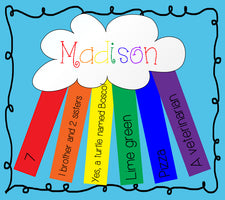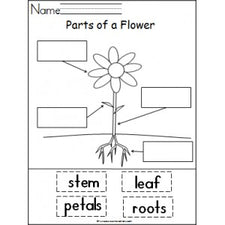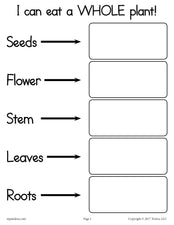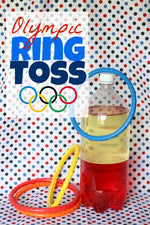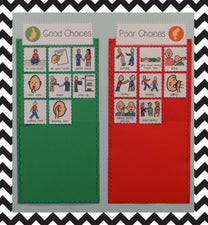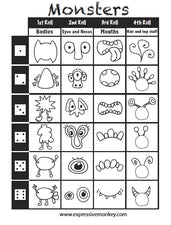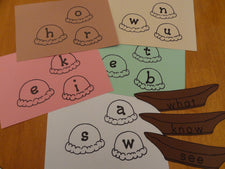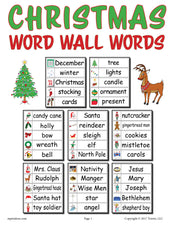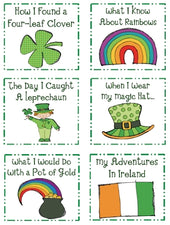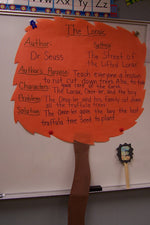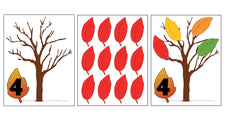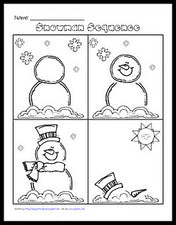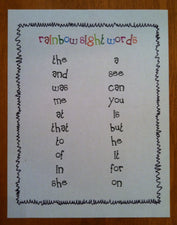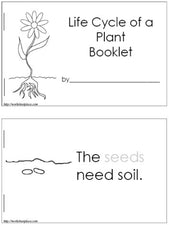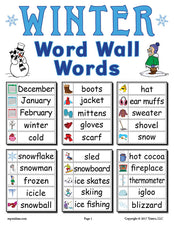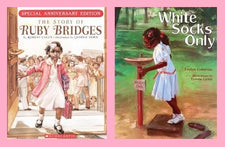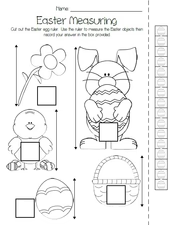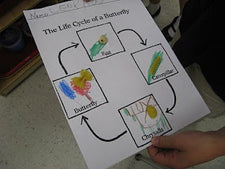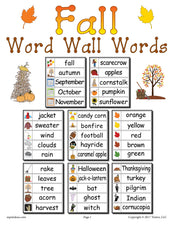American Indians Heritage Series: The Tlingits

{It’s hard to imagine what America looked like before roads and skyscrapers, let alone before easterners “discovered’ this new and untamed land. Do your students know that, even before Christopher Columbus arrived in the “new world”, there were groups of natives (original inhabitants of a place) spread out over the entire country? Known today by their rightful name, Native Americans, these groups or tribes of people were called Indians by Columbus who thought he’d reached a country called India. In honor of “American Indian Heritage Month”, this series of lessons will help your students get to know the various cultures and tribes of the original Americans.}
The Tlingits
Lesson Objective
Learn about the Tlingit way of life: where they live, the climate in their region, housing, how they dress (both regularly and ceremonially), what they eat, their customs, transportation, and everyday tools/weapons. Begin by showing students where the Tlingit tribe is located on a Native American Cultures/Groups Map and discuss the following information:
Pertinent Data
- Habitat: Pacific Northwest Coast
- Housing: Made from cedar planks and faced the sea - most housed 30 to 40 Tlingits
- Clothing: Capes, skirts, and hats were woven from cedar strips and many Tlingit men and women had ear/nose rings, tattoos, and disks pierced through their lower lip
- Food: Expert fishermen, hunters, and gathers - the most notable Tlingit fare included salmon, seals, otters, and whales
- Tools/Transportation: Cedar canoes
Lesson Activities
Literature
- How Raven Stole The Sun by Maria Williams.
- Raven: A Trickster Tale from the Pacific Northwest by Gerald McDermott.
- If You Lived With The Indians Of The Northwest Coast by Anne Kamma.
- Totem Tale: A Tall Story from Alaska by Deb Vanasse.
- The Tlingit by Alice Osinski.
Tlingit Music
Tlingit Rattles. Have students create their own Tlingit rattles using toilet paper rolls and rice. Invite them to use markers to "carve" images around the roll then secure the ends (and the rice) with masking tape. Be sure to show them images of authentic Tlingit rattles!
Tlingit Box Drums. The Tlingits were known for their wooden box drums - with frames made out of wood and painted animal skins stretched over them. Make a similar instrument with this coffee can drum tutorial from Kaboose.
Native Music. Download several Tlingit music tracks from iTunes or other internet sites to play for your students. With their newly created instruments, have students play along!
Tlingit Crafts
Tlingit Totem Poles. The Tlingit peoples were known for their cedar totem poles. Have students collect several square boxes, wrap them with brown paper, and decorate their own totem pole using some of the common totem pole symbols. You can also follow the directions at Family Fun to make a tin can totem pole.
Tlingit Weaving. The Tlingits were also exceptional weavers. They wove hats, clothing, baskets, and more! Follow the directions of this simple basket weaving craft and help your students get a taste of Tlingit living!
Have fun bringing the culture of the Tlingits to your classroom!
